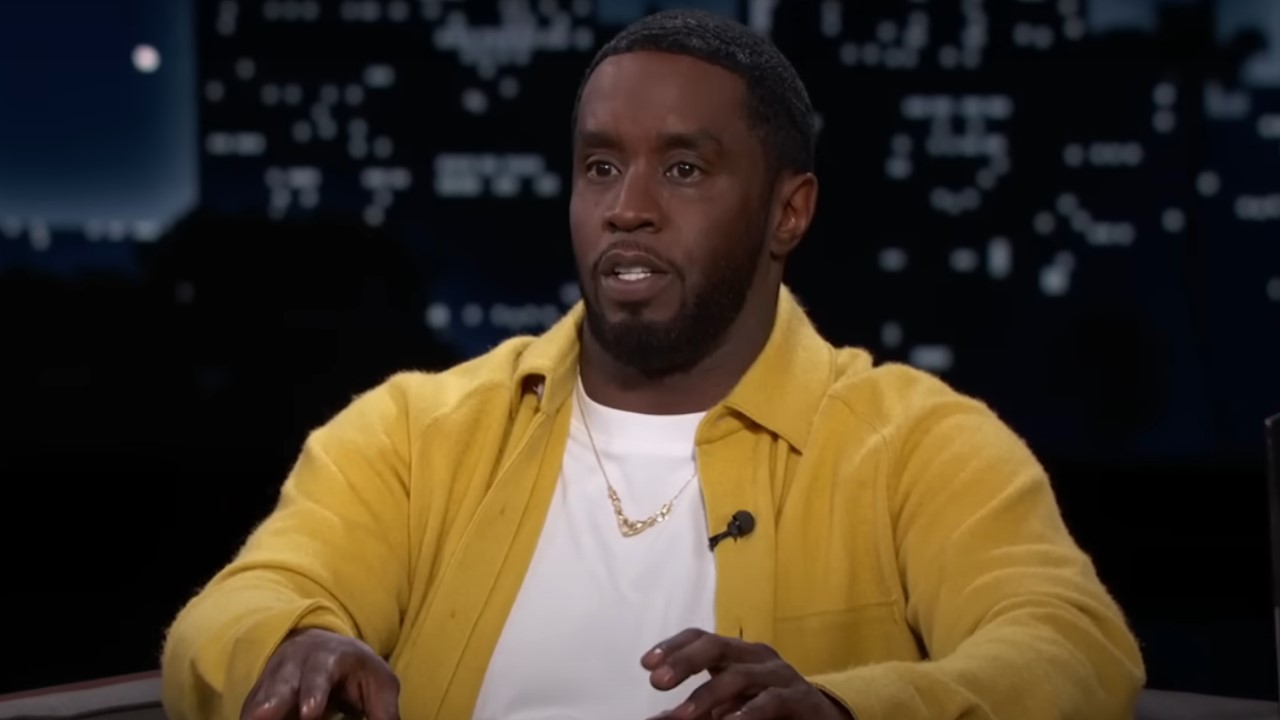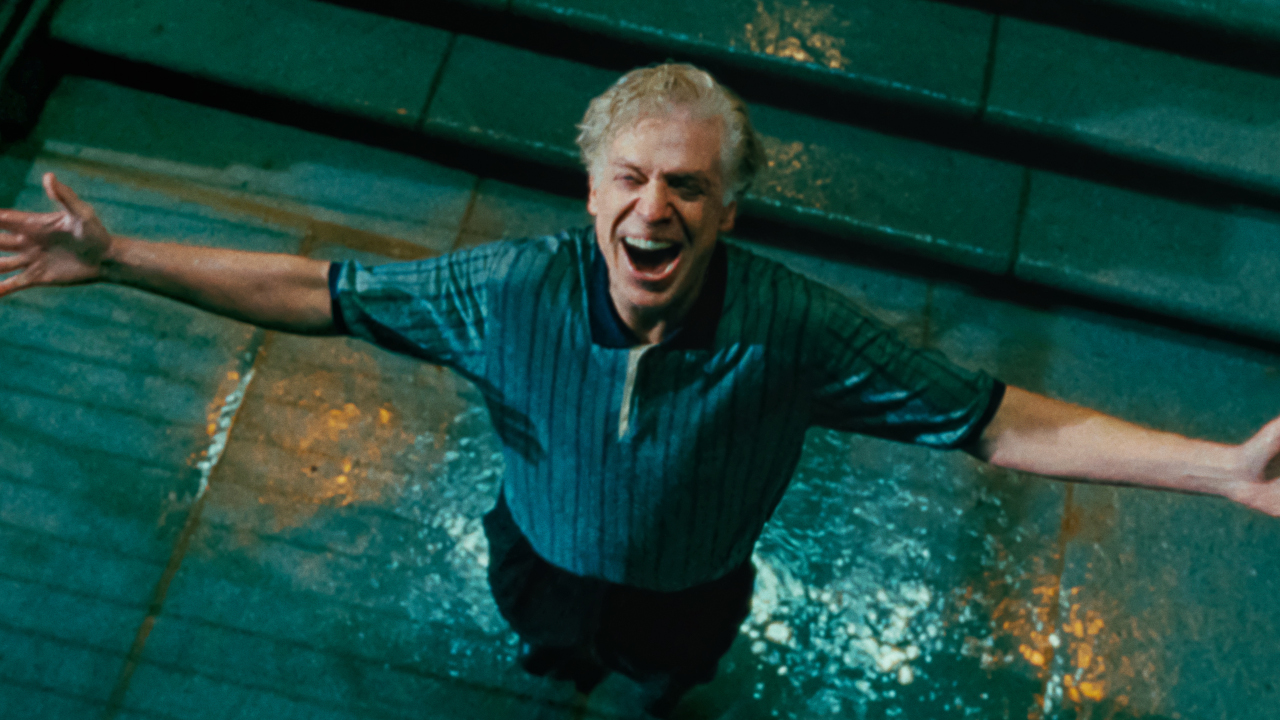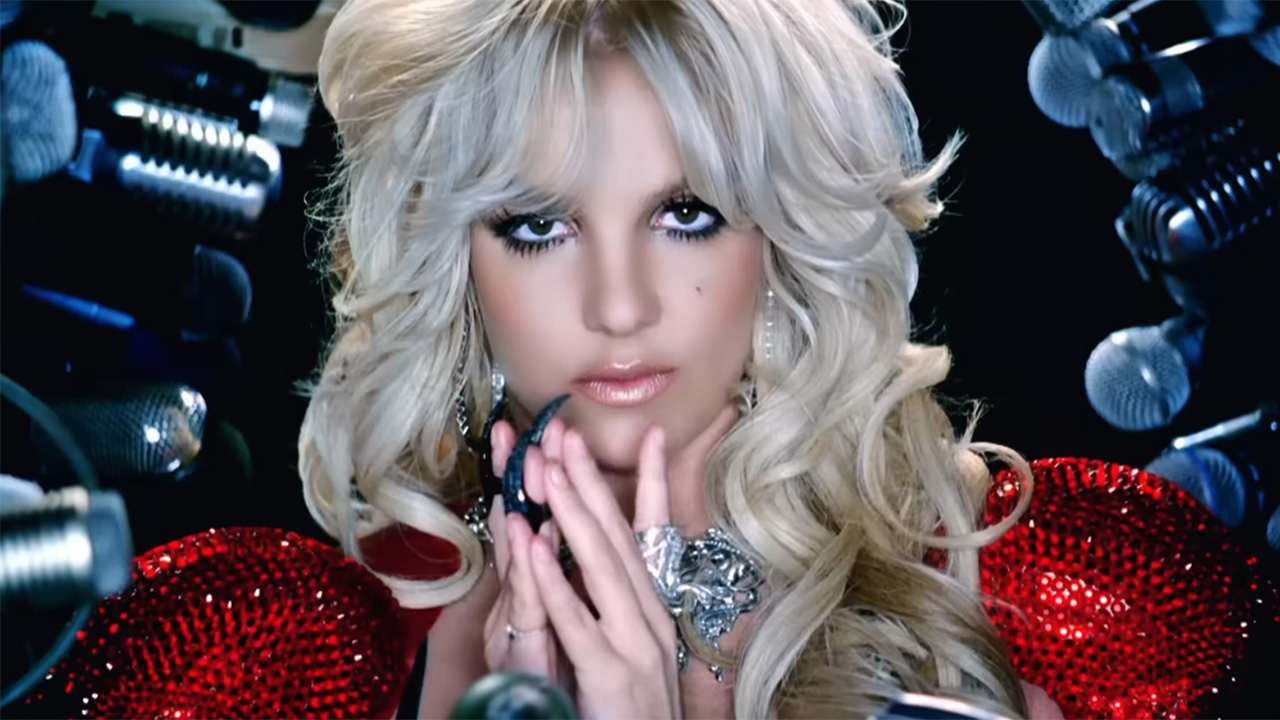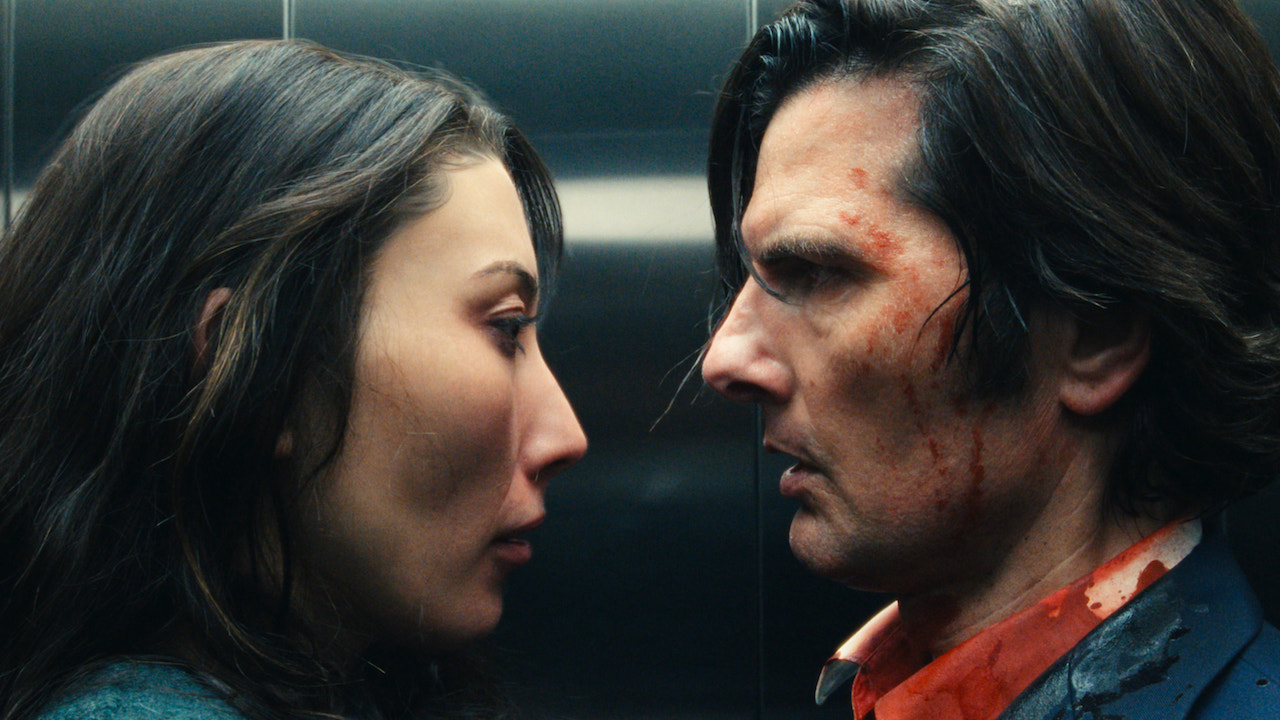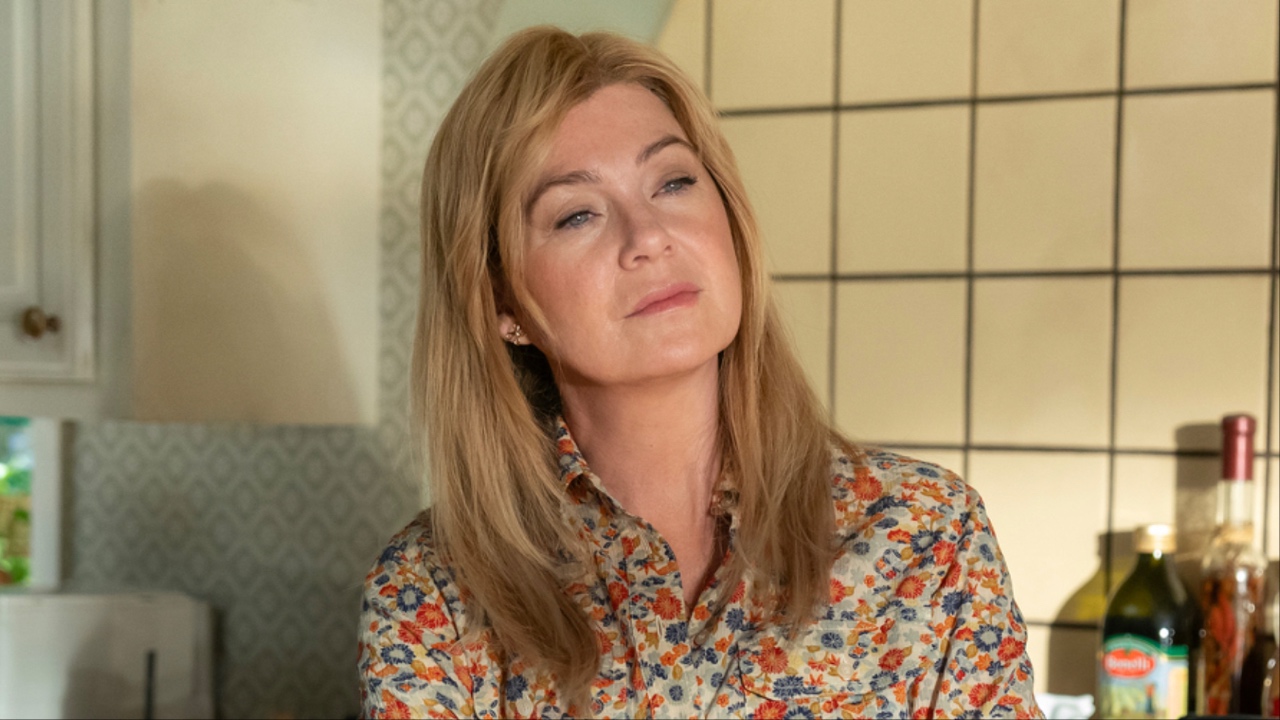Netflix's The Platform Ending Explained: What Happened And What Does It Mean?
What lies beneath The Platform?
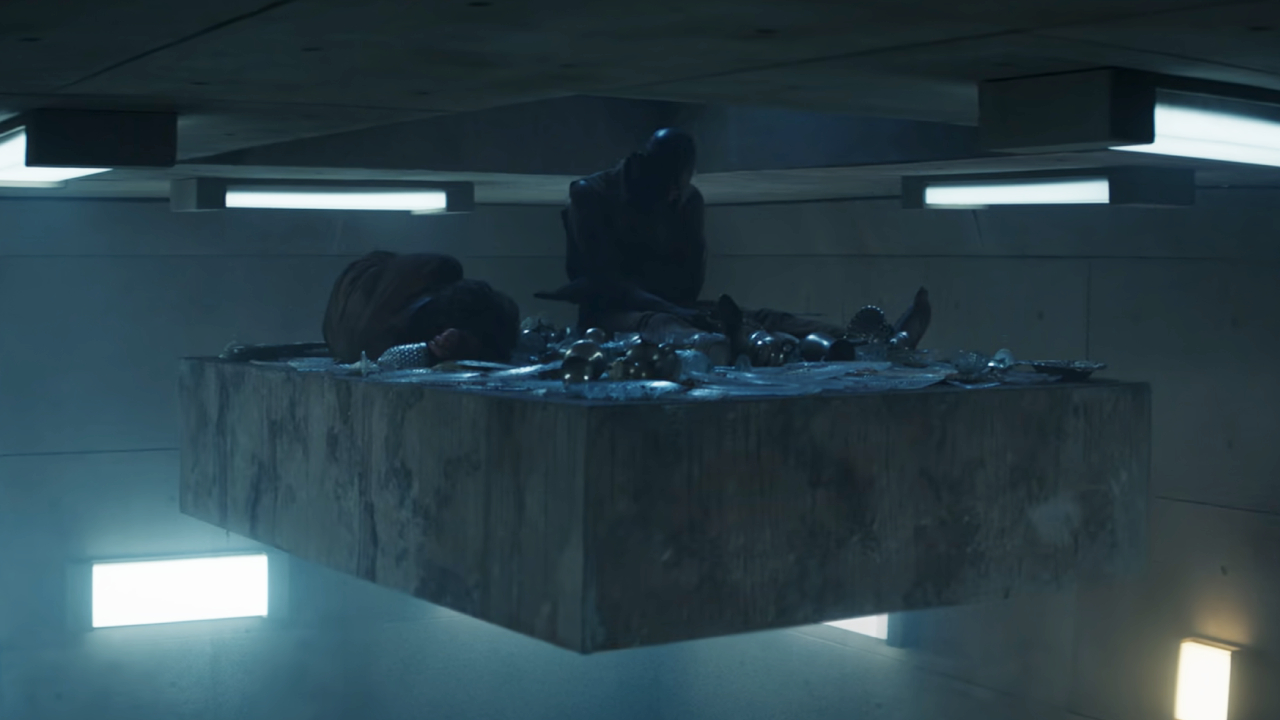
WARNING: This article contains SPOILERS from top to bottom. If you have not yet used your Netflix subscription to watch The Platform, we suggest proceed with caution.
One of the things that makes Netflix one of the best streaming services is its reputation for distributing foreign language movies that get American audiences talking. One such film in 2020 – and one of the best thrillers on Netflix – was the Spanish-language dystopian thriller The Platform, especially because of the ending. The conclusion – a word I use lightly here – to director Galder Gaztelu-Urrutia’s feature-length debut could be considered a fitting final moment, if not for the much-posited questions it leaves unanswered and those it creates by the end as well.
There is certainly much within the story – set entirely in a dystopian prison consisting of a seemingly endless series of two-person cells stacked on top of each other – that is left to interpretation. However, one of the more pressing matters regarding the film’s ending, in addition to what it represents metaphorically, is what in the story we should trust is real or imaginary. I intend to get to the bottom (no pun intended) of the puzzling minutiae of The Platform ending through inquisitive analysis of the themes that root the story, the real-world issues it comments on, and the moments of abstraction that send the mind running wild. Let us begin our descent.
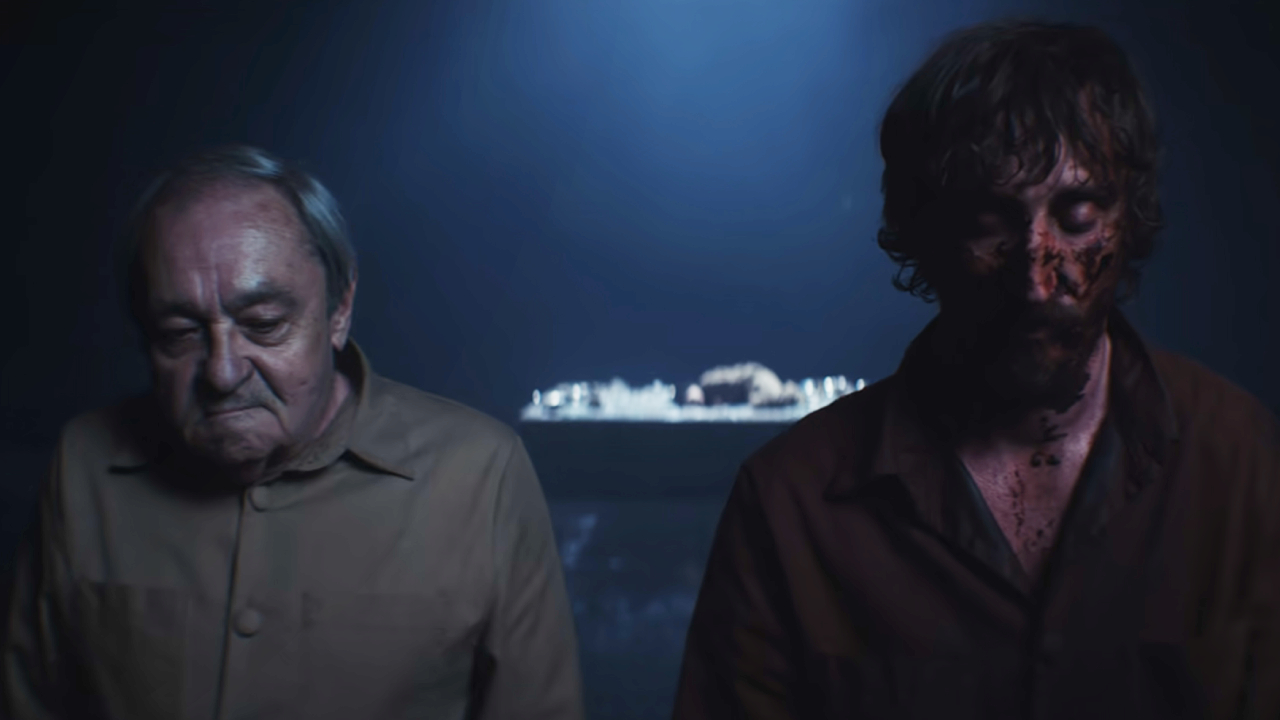
How Does The Platform End And What Does It Mean?
Goreng (Ivan Massagué) and Baharat’s (Emilio Buale) mission to ride the platform all the way to its lowest depths and distribute equal food rations is a feat that incites much violent retaliation, which proves nearly fatal for both men and almost qualifies the film as one of the best horror movies on Netflix, too. At one point, another inmate suggests their mission may have a more fruitful outcome by savoring one single food item (in this case, panna cotta) to be sent back to the top level as a symbolic message of their cause. Unfortunately, the lower they descend, the less promising this cause seems, until they find a better message: Miharu’s (Alexandra Masangkay) long lost daughter, who has been hiding on the bottom floor the entire time.
After Baharat bleeds to death from a deep wound, Goreng descends with her to the depths below the 333rd level, from which the platform is sent back to the top. He originally intended on riding back up with the girl, until a hallucination of the murdered Trimagasi (Zorion Eguileor) tells Goreng that his “journey is over.” He steps off the platform to walk into the shadowy unknown with Trimagasi as the sleeping child begins to ascend to the top before the credits commence.
The Platform leaves us at a decidedly bittersweet "conclusion" amid the aggressively bleak tone we had been previously subjected to, if you read it as such. Knowingthat Goreng has reached the end of his journey, I am inclined to believe his mission to bring Miharu’s child to the top could successfully put an end to The Pit’s dehumanizing experiment. However, it also sealed his fate, which is made apparent to me by his final stroll alongside his dead former cellmate. The film is never keen to provide an explicit outcome to Goreng’s sacrifice, but, as a potential inference to the film’s overall rebellious message, it leaves you with a long-absent sense of hope.
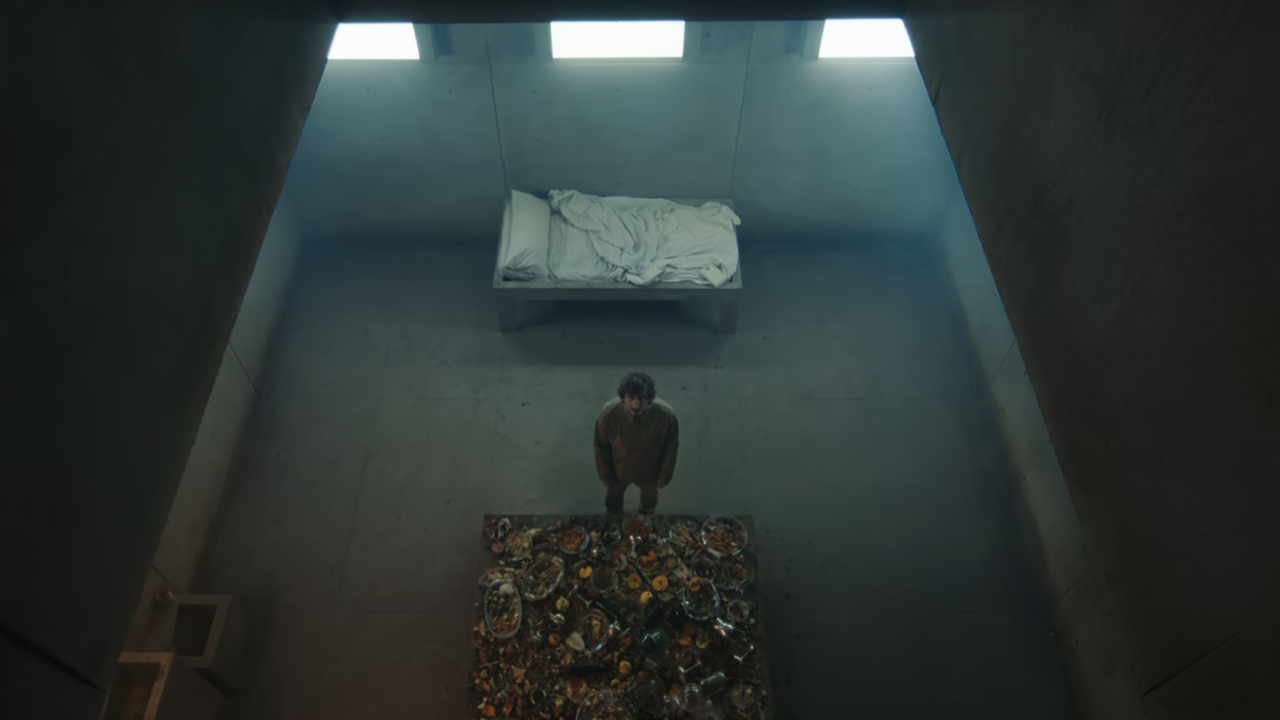
What Does The Pit Represent?
The Pit, the aforementioned prison in which The Platform is set, is a society all its own, harboring a seemingly effective system of rules in which, once a day, the titular platform descends from the top bearing a plentiful feast, stopping at each level for two minutes, during which cellmates can eat their portion without keeping a single item. After each month, inmates are put to sleep by a tranquilizing gas and transported to a new, randomly selected level.
CINEMABLEND NEWSLETTER
Your Daily Blend of Entertainment News
The system seems simple and effective enough, if not for the fact that no inmate is concerned with taking their own unspecified portion, but only how much they can grab before the platform continues. This leaves less food available for lower levels and, at an undefined point, not even a crumb remains, leaving the unlucky ones below to starve or resort to more desperate measures.
Obviously, The Pit is a hellish existence. In fact, Hell itself could actually be a fitting interpretation, considering there are two inmates occupying each of its 333 levels, equaling 666 people total. This could lead us to infer that the film is an allegory for the less desirable afterlife, a la Dante’s Inferno, and would make its many religious references come full circle.
On the other hand, The Platform has also been commonly compared to Bong Joon-ho’s Snowpiercer – another thought-provoking and intense dystopian thriller in which the last of humanity, trapped on a self-sustaining bullet train by a cataclysmic snowstorm, establish a class system inside, with the wealthy at the front and the impoverished left at the caboose. However, that concept suggests following the rules leads to the reward of ascension, but, month by month, there is no telling what level the inmates of The Pit may rise or fall to, no matter what they do.
If we are to accept that The Platform is a socio-economic allegory, which is the most likely theme, is the message that capitalism plays no favorites and one can just as easily prosper as they can fail no matter where on the economic ladder they stand? To better understand the film’s greater meaning, it might help to take a deeper look at our protagonist.
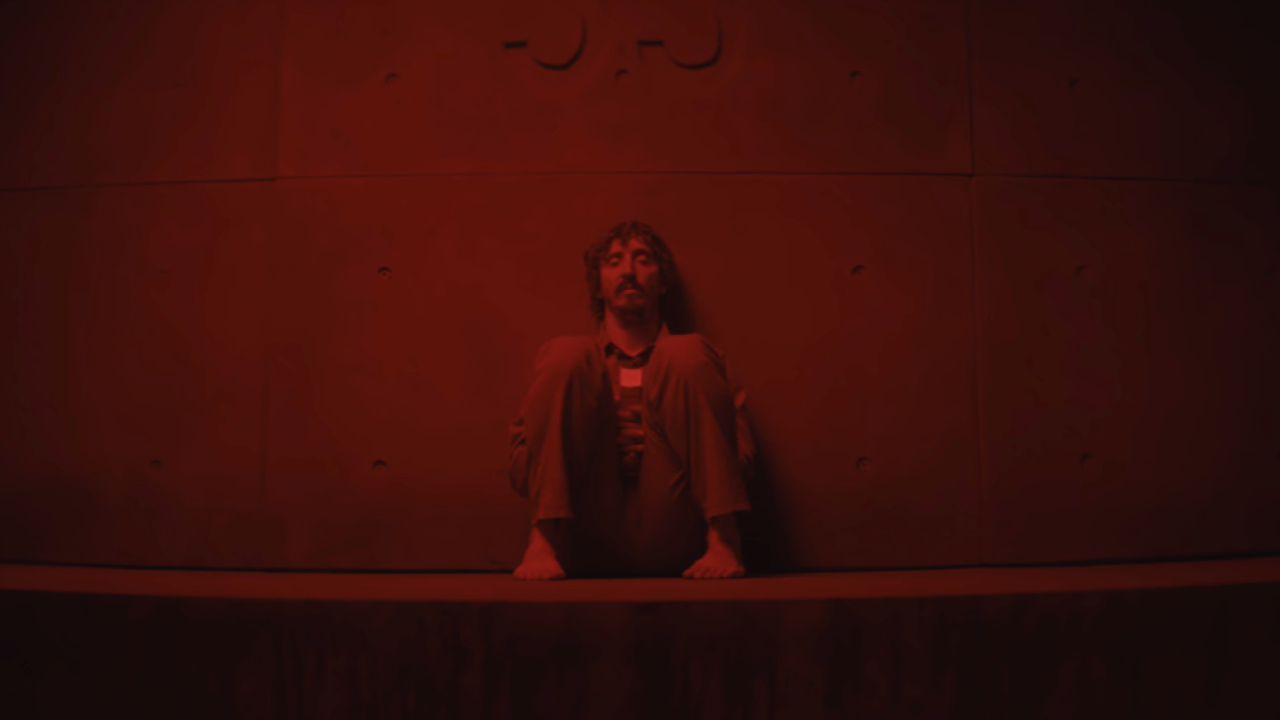
What Does Goreng Represent?
We see The Platform through the eyes of Goreng, who voluntarily enters The Pit for a total of six months in hopes of earning a college degree and breaking his smoking habit. Of course, neither of these remain a primary goal once he realizes what he has gotten himself into and becomes acquainted with the best and worst the prison has to offer with each level he finds himself on.
He goes through a rotation of cellmates, from elderly Pit veteran Trimagasi, who goes from helpful mentor to cannibalistic threat when they find themselves at Level 171. After him comes Imoguiri (Antonia San Juan) – an employee of “The Administration” who voluntarily admits herself under a naive understanding of the system’s dangers. Finally, Goreng is partnered with Baharat (Emilio Buale), who wishes to overcome the Pit’s struggles by escape. He also comes across Miharu, who travels from level to level by the platform in hopes of finding her missing child, whom many doubt actually exists.
Each of these characters are important to Goreng’s evolution, but it is Imoguiri’s suggestion that the prison is truly an experiment in “spontaneous solidarity” (which he initially calls out as a failure) that later inspires him to take a stand against the inmates’ greediness. To see that a successful outcome to that experiment can become a reality, he convinces Baharat to help him ensure that each level receives an equal ration.
There are hints to this decision throughout the story. For instance, each inmate is allowed one object to take with them inside The Pit and Goreng chooses a copy of Miguel de Cervantes’ Don Quixote – a classic socio-economic commentary whose title character is a defender of equal rights. This, along with Goreng’s insistence to collaborate with inmates above and below him to distribute equal food rations early on in the film (which incites Trimagasi’s accusation that he is a “communist”) is undeniably meant to illustrate his drive to overcome the oppressive circumstances of The Pit.
The question is, did Goreng’s noble (and fatal) journey amount to anything in the end?
Perhaps we will find out in the upcoming sequel, The Platform 2, which Netflix offered a first look of on X in April 2024. Until then, we will continue to remember the original as one of the best movies on Netflix, regardless of genre, for its grisly, yet powerful indictment on the dog-eat-dog mentality of capitalistic systems through a unique concept that never fails to thrill.

Jason Wiese writes feature stories for CinemaBlend. His occupation results from years dreaming of a filmmaking career, settling on a "professional film fan" career, studying journalism at Lindenwood University in St. Charles, MO (where he served as Culture Editor for its student-run print and online publications), and a brief stint of reviewing movies for fun. He would later continue that side-hustle of film criticism on TikTok (@wiesewisdom), where he posts videos on a semi-weekly basis. Look for his name in almost any article about Batman.
